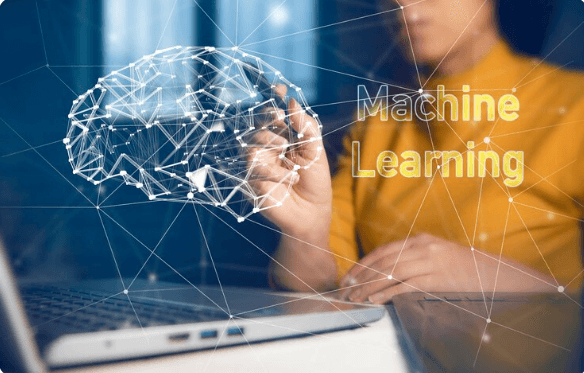
Machine learning (ML) might sound complex, but the process behind how models learn can be surprisingly intuitive when explained in the right way. In this guide, we will break down the entire process step-by-step so beginners can understand exactly what happens when a machine “learns.”
Understanding the Basics of Machine Learning
To begin with, machine learning belongs to the field of artificial intelligence, and it allows computers to learn patterns from data without following explicitly written instructions.
Key points to understand before diving deeper:
- Data is the fuel: Just like humans learn from experience, machines learn from data.
- Models are the learners: The algorithms act like students trying to understand patterns.
- Training is the classroom: The process of feeding data and adjusting the model’s parameters is called training.

🔗 To understand different types of AI, you can read our Beginner’s Guide to Artificial Intelligence.
The Learning Process – Step by Step

Step 1 – Feeding Data to the Model
Transition words: Firstly, Initially, To begin with
The process starts by collecting and preparing data. This data may come from text, images, videos, or numbers. For example, if we want to train a model to recognize cats in photos, we need thousands of labeled images.
🔗 Learn more about open datasets for machine learning to practice building your own models.
Step 2 – Choosing an Algorithm
The algorithm is the mathematical recipe that tells the machine how to learn. Examples include decision trees, neural networks, and support vector machines.
Step 3 – Training the Model
Training means repeatedly showing the data to the model, comparing its predictions with the actual answers, and adjusting its internal parameters to minimize errors. This is called optimization.
Step 4 – Testing and Validation
Once trained, the model is tested on new, unseen data to check how well it has learned. If it performs well, it’s ready for real-world use.
Types of Machine Learning
Supervised Learning
In supervised learning, the data is labeled, meaning the correct answers are known in advance. Example: Predicting house prices from historical data.
Unsupervised Learning
Here, the data is unlabeled, and the model finds patterns on its own. Example: Grouping customers based on buying habits.
Reinforcement Learning
This involves learning through rewards and penalties. Example: Teaching a robot to walk by rewarding successful steps.
Common Challenges Beginners Face
- Overfitting: The model memorizes instead of generalizing.
- Insufficient Data: Without enough data, the model can’t learn effectively.
- Bias in Data: If the data is biased, the predictions will also be biased.
Conclusion – Turning Theory into Practice
Machine learning models learn in a way similar to how humans learn from experience — through trial, error, and adjustment. By understanding this step-by-step process, beginners can confidently start building their own ML models.
Tags
Share this article
About the Author
Experienced IT professional specializing in enterprise solutions and modern technology implementations.
Related Articles
Stay Updated
Get the latest IT insights delivered to your inbox.

